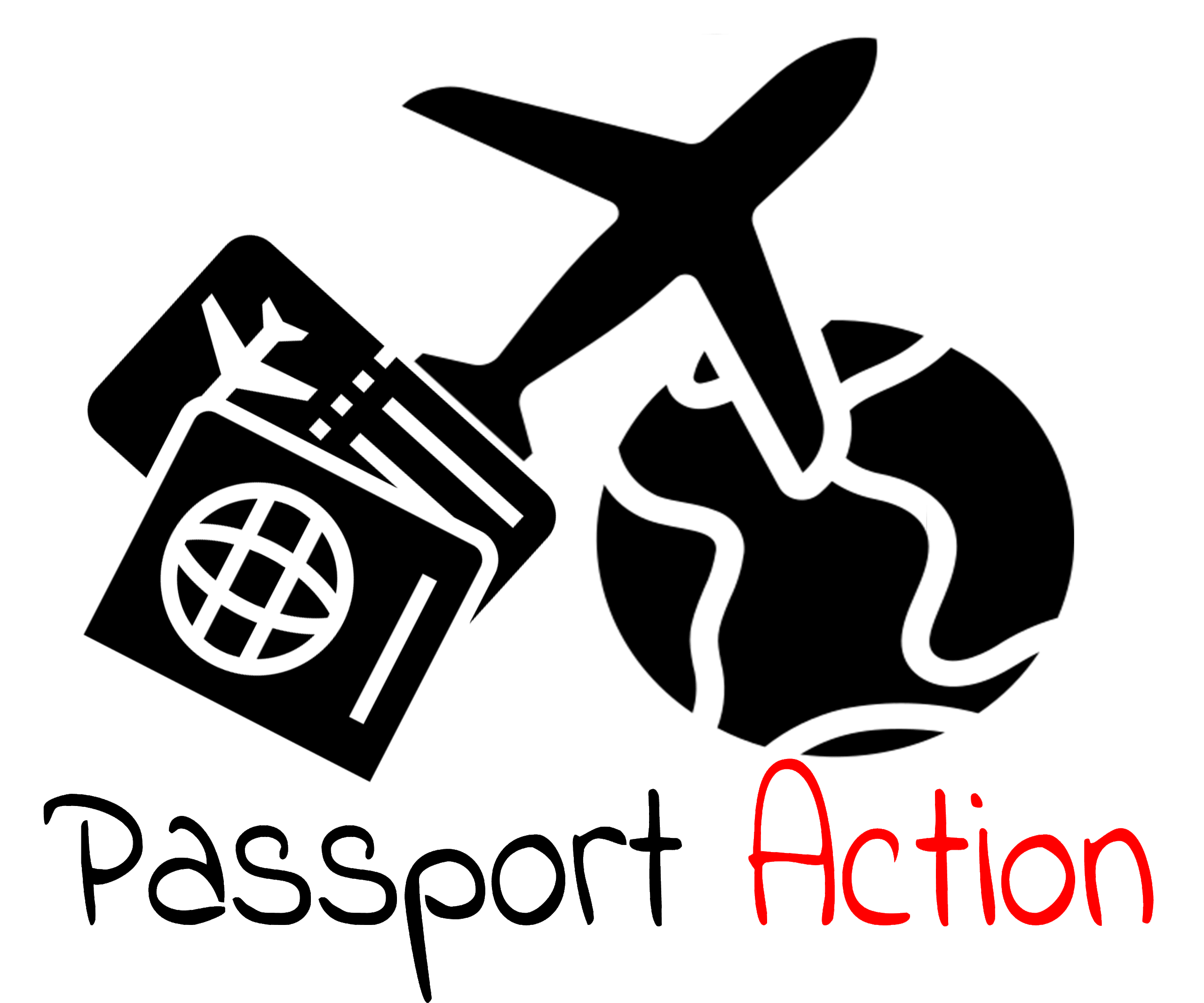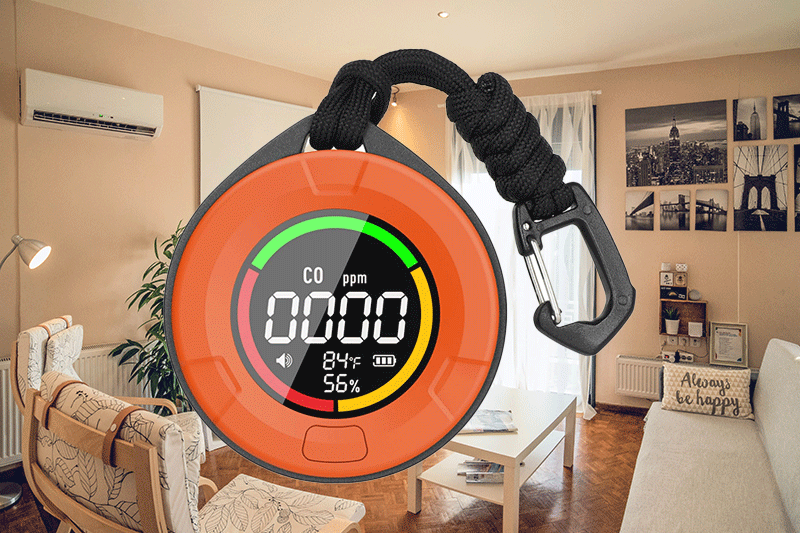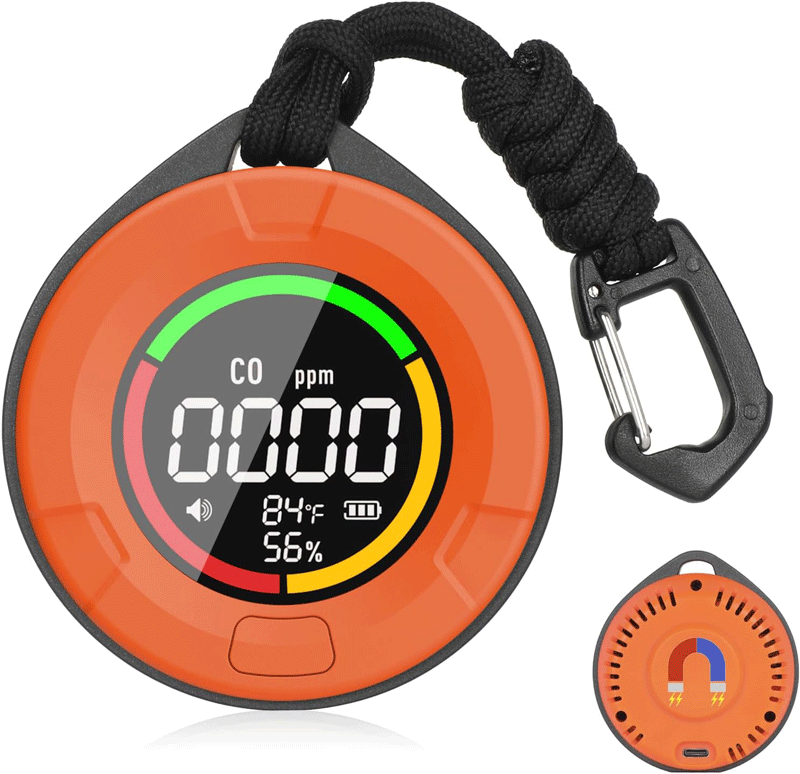The Hidden Dangers of Travel: Carbon Monoxide Poisoning and How to Stay Safe
Traveling sparks joy and excitement. It opens up new horizons, connects us with different cultures, and gives us unforgettable memories. However, as we embrace the convenience of home-sharing platforms like Airbnb, it’s essential to be aware of potential unseen dangers lurking in unfamiliar environments. One such hidden hazard is carbon monoxide (CO) poisoning. Learn how to protect yourself against carbon monoxide poisoning in an airbnb.
An Invisible Threat: Carbon Monoxide Poisoning
Carbon monoxide (CO) is a silent killer that poses a significant risk to human health. Often referred to as the ‘invisible threat’, it’s a colorless, odorless, and tasteless gas that can cause serious harm or even death when inhaled in large amounts. It’s produced whenever fuel such as gas, oil, kerosene, wood, or charcoal is burned.
The danger of CO lies in its undetectable nature. Without a distinct smell, taste, or color, it can quickly build up in enclosed or semi-enclosed spaces without any noticeable signs. This makes it incredibly difficult for individuals to recognize its presence until they start experiencing symptoms of poisoning. Common symptoms can range from mild headaches, dizziness, and nausea to more severe conditions like confusion, unconsciousness, and in extreme cases, death.
Carbon monoxide poisoning often occurs in homes where appliances like heaters, fireplaces, furnaces, and stoves are improperly installed or poorly maintained. Vehicles left running in enclosed spaces, such as garages, can also lead to a buildup of carbon monoxide. In both instances, inadequate ventilation plays a key role in the accumulation of this lethal gas.
The biological impact of carbon monoxide on the human body compounds the danger posed by this gas. When breathed in, CO enters the bloodstream and combines with hemoglobin, the component of red blood cells responsible for carrying oxygen around the body. This combination forms carboxyhemoglobin, which reduces the amount of oxygen that can be transported, leading to a condition known as hypoxia. Over time, this lack of oxygen can cause damage to vital organs and tissues, including the heart and brain.
Preventing carbon monoxide poisoning involves taking several precautionary measures. Ensuring proper installation and maintenance of fuel-burning appliances, improving ventilation in enclosed spaces, and installing carbon monoxide detectors in homes and workplaces can significantly reduce the risk. Despite its lethal potential, with the right knowledge and precautions, it is possible to protect yourself and your loved ones from this invisible threat.
The Deadly Toll: Carbon Monoxide Poisoning in Airbnb Rentals
The advent of home-sharing platforms like Airbnb has revolutionized the way we travel. However, amidst the convenience and unique experiences these accommodations offer, a hidden danger lurks – carbon monoxide poisoning. This colorless, odorless gas has tragically claimed lives in various Airbnb rentals across the globe, highlighting a serious safety issue that needs immediate attention.
One such incident occurred in Mexico City, where two guests were found dead due to carbon monoxide poisoning in an Airbnb property. In another unfortunate event, a guest died of carbon monoxide poisoning and asphyxiation in an Airbnb rental in Guadalajara, Mexico. These incidents underscore the gravity of this invisible threat in shared accommodation spaces.
An investigation into these tragic occurrences revealed a shocking fact. Since 2013, there have been 19 deaths at Airbnb properties involving alleged carbon monoxide poisoning. This alarming statistic underscores the urgency of addressing this issue and implementing stringent safety measures in all rental properties.
These tragedies are not confined to any specific geographic location. From Mexico City to Rio de Janeiro, the danger of carbon monoxide poisoning persists. A young American’s death due to carbon monoxide poisoning in a Rio homeshare led to a lawsuit against Airbnb, further emphasizing the seriousness of this issue.
These cases serve as a stark reminder of the importance of safety precautions when staying in unfamiliar environments like Airbnb rentals. It is crucial for travelers to be aware of the symptoms of carbon monoxide poisoning, ensure the presence of functional carbon monoxide detectors in their rentals, and consider carrying portable carbon monoxide detectors during their travels. It’s a matter of life and death, and it is high time we prioritized safety over convenience.
A Lifesaving Device: Portable Carbon Monoxide Detector
Buy A Portable Carbon Monoxide Detector
One effective way to protect yourself from potential carbon monoxide exposure is by bringing along a portable carbon monoxide detector on your travels. This compact device can detect the presence of carbon monoxide gas in the air and alert you with an alarm if the levels become dangerous.
Why Bring a Portable Carbon Monoxide Detector?
While many Airbnb hosts ensure their properties are equipped with carbon monoxide detectors, not all rentals may have them. Even when detectors are present, they might not be functioning correctly due to dead batteries or other issues.
By bringing your own portable CO detector, you ensure that you have a working device to warn you of any potential dangers. These detectors are typically small and easy to pack, making them a convenient safety addition to your travel gear.
How to Use a Portable Carbon Monoxide Detector
Using a portable CO detector is straightforward. Once you arrive at your accommodation, place the detector in the sleeping area. Before you go to sleep, turn it on. If the device detects high levels of CO, it will sound an alarm, giving you time to evacuate and seek help.
The Symptoms Of Carbon Monoxide Poisoning
Here is the list of carbon monoxide poisoning symptoms:
- Headache
- Dizziness
- Weakness
- Nausea
- Vomiting
- Confusion
- Blurred vision
- Shortness of breath
- Loss of consciousness
Carbon Monoxide (CO) is a colorless, odorless, and tasteless gas which makes it particularly dangerous. It can cause serious harm to health if inhaled over a long period of time, and in some cases, exposure can be fatal. CO is produced by the incomplete burning of various fuels, including coal, wood, charcoal, oil, kerosene, propane, and natural gas.
One of the most insidious aspects of carbon monoxide poisoning is that it often goes unnoticed until it’s too late. This is due to the fact that the early symptoms can easily be mistaken for other common ailments such as the flu or food poisoning. This is why it is critical to understand and recognize the symptoms of carbon monoxide poisoning.
The earliest signs of carbon monoxide poisoning are often nonspecific and may include headache, dizziness, and nausea. These can easily be mistaken for a myriad of other illnesses, but when they occur in conjunction with exposure to potential sources of carbon monoxide, it’s important to consider CO poisoning as a possible cause.
As exposure continues or increases, symptoms can become more severe. Victims might experience vomiting, confusion, blurred vision, and shortness of breath. In severe cases, exposure can lead to loss of consciousness and even death. These symptoms can occur immediately or could take a while depending on the level of CO in the environment.
It is crucial to remember that if you suspect you or someone else is experiencing these symptoms, get into fresh air immediately and seek medical attention. Having carbon monoxide detectors installed in homes and regularly checked can also help prevent CO poisoning.
Stay Safe, Stay Alert: Carbon Monoxide Poisoning In An Airbnb
While the chances of encountering carbon monoxide poisoning during your travels are relatively low, the consequences can be severe. By bringing along a portable carbon monoxide detector, you add an extra layer of safety to your trip. It’s a small step that can make a big difference, allowing you to enjoy your adventure with peace of mind.
Remember, safety should never take a vacation, even when you do. So pack smart, stay alert, and continue to explore the world with confidence and care.


